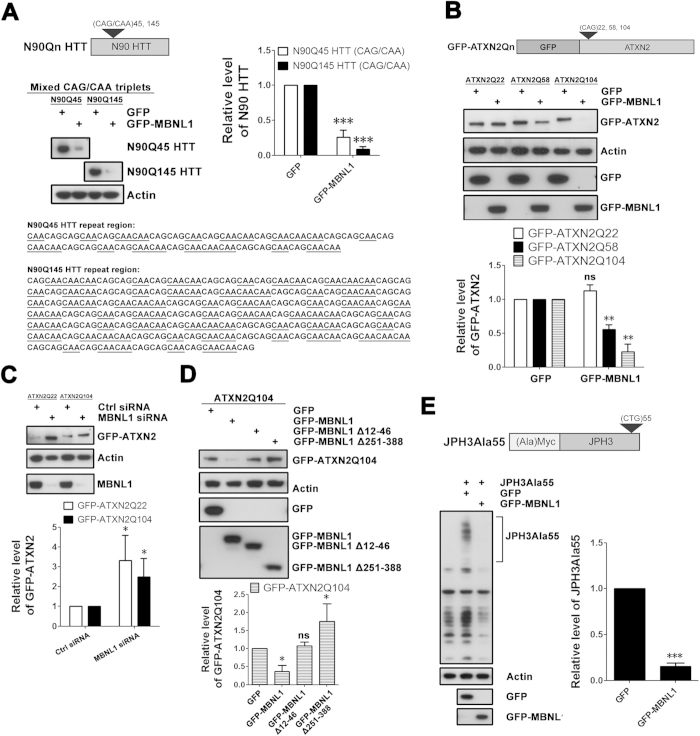Figure 7. Effect of MBNL1 on expHTT RNA is not CAG repeat- or disease –specific.
(A) SK-N-MC cells were co-transfected with N90QnHTT plasmid and GFP-MBNL1 plasmid and levels of N90HTT protein were assessed by western blot. GFP plasmid was used as a control. MBNL1 still decreased levels of expanded N90QnHTT encoded by CAA-interrupted CAG repeats (shown by underlines). N90Q145 HTT plasmid, like N90Q45 HTT plasmid, has heavily CAA-interrupted CAG repeats. Both experiments, Student’s t-test, n = 3 biological replicates. ***P < 0.001, versus GFP group. (B) SK-N-MC cells were co-transfected with GFP-ATXN2 and GFP-MBNL1 plasmids and levels of GFP-ATXN2 protein were assessed by western blot. GFP plasmid was used as control. Overexpression of MBNL1 decreased levels of expanded GFP-ATXN2. All experiments, student’s t-test, n = 3 biological replicates. *P < 0.05, **P < 0.01, ns = no significance, versus GFP group. (C) SK-N-MC cells were first transfected with MBNL1 siRNA and GFP-ATXN2 plasmid. Levels of GFP-ATXN2 were assessed by western blot. Control siRNA was used as a control. Knock-down of endogenous MBNL1 increased expression of GFP-ATXN2. Student’s t-test, n = 3 biological replicates. *P < 0.05, versus control siRNA group. (D) SK-N-MC cells were co-transfected with GFP-ATXN2 and GFP-MBNL1 plasmids, and levels of GFP-ATXN2 protein were assessed by western blot 72 hours post-transfection. GFP plasmid was used as a control. Overexpression of GFP-MBNL1 Δ12–46 (loss of first zinc finger) and GFP-MBNL1 Δ251–388 (loss of C-terminal splicing domain) abolished the effect of MBNL1 on GFP-ATXN2Q104 levels. One-way ANOVA, n = 3 biological replicates. *P < 0.05, ns = no significance, versus GFP group. (E) SK-N-MC cells were co-transfected with JPH3Ala55 and GFP-MBNL1 plasmids and levels of JPH3Ala55 protein were assessed by western blot 72 hours pos-transfection. GFP plasmid was used as a control. Overexpression of MBNL1 decreased the levels of JPH3Ala55, encoded by expanded CUG repeats. Student’s t-test, n = 3 biological replicates. ***P < 0.001, versus GFP group.

